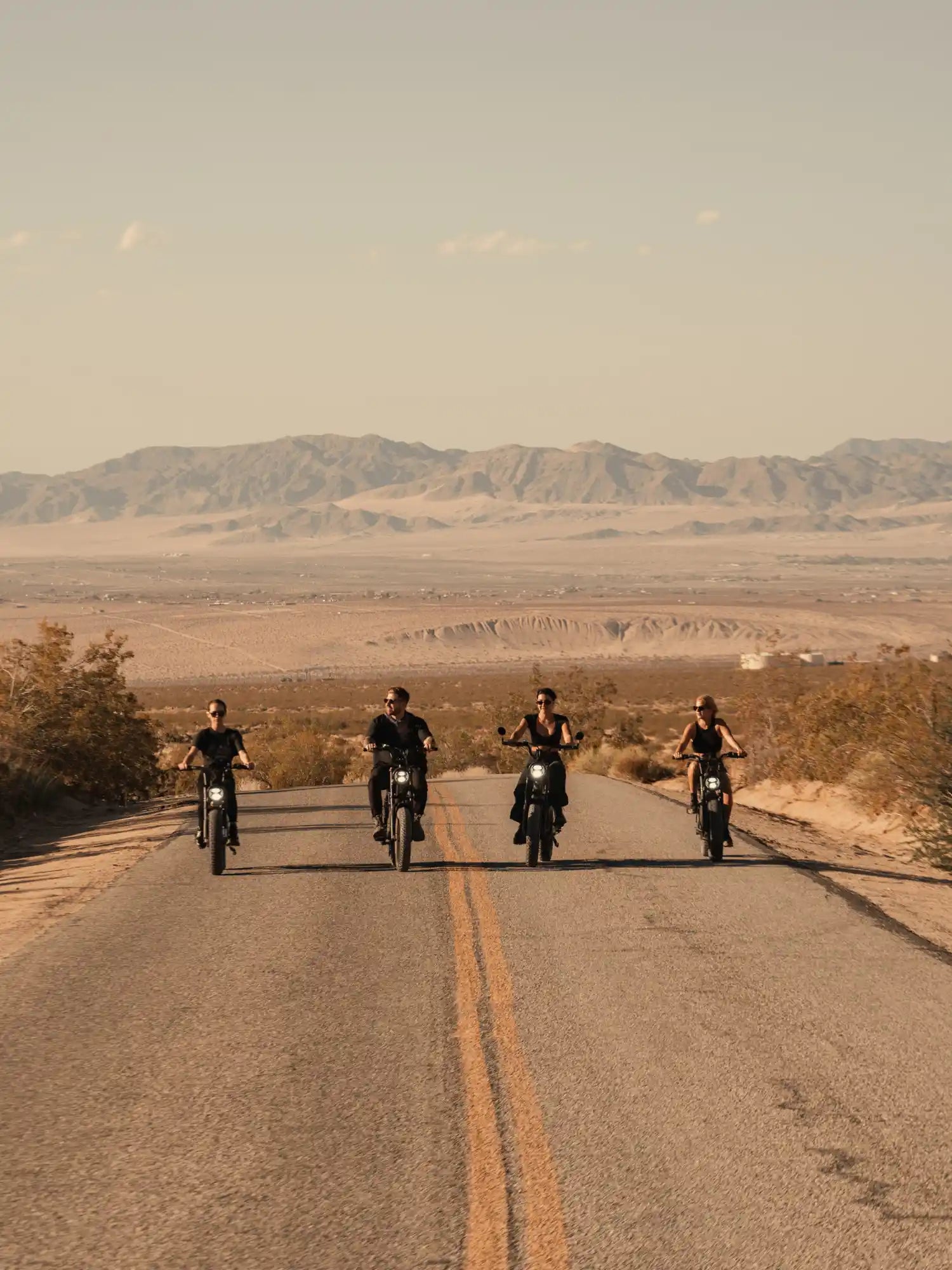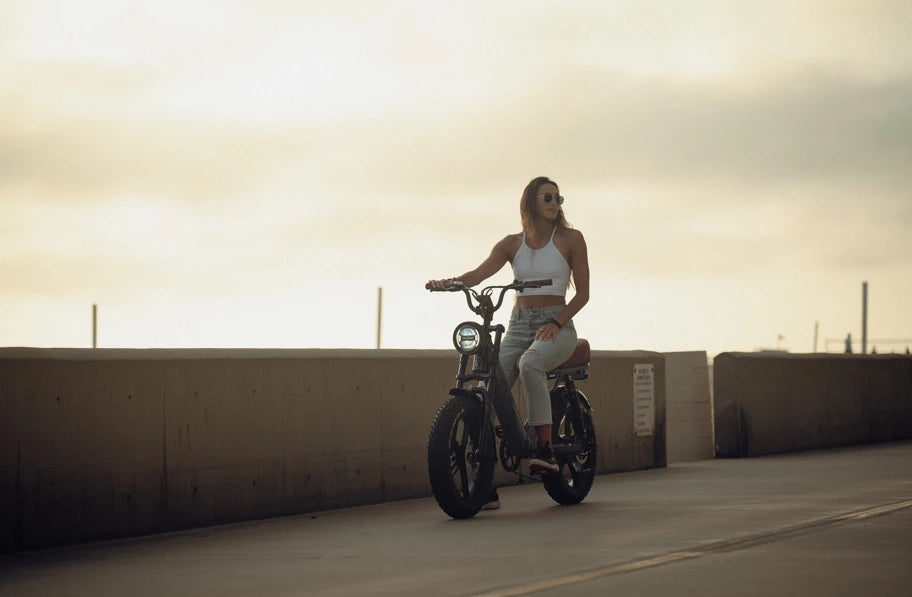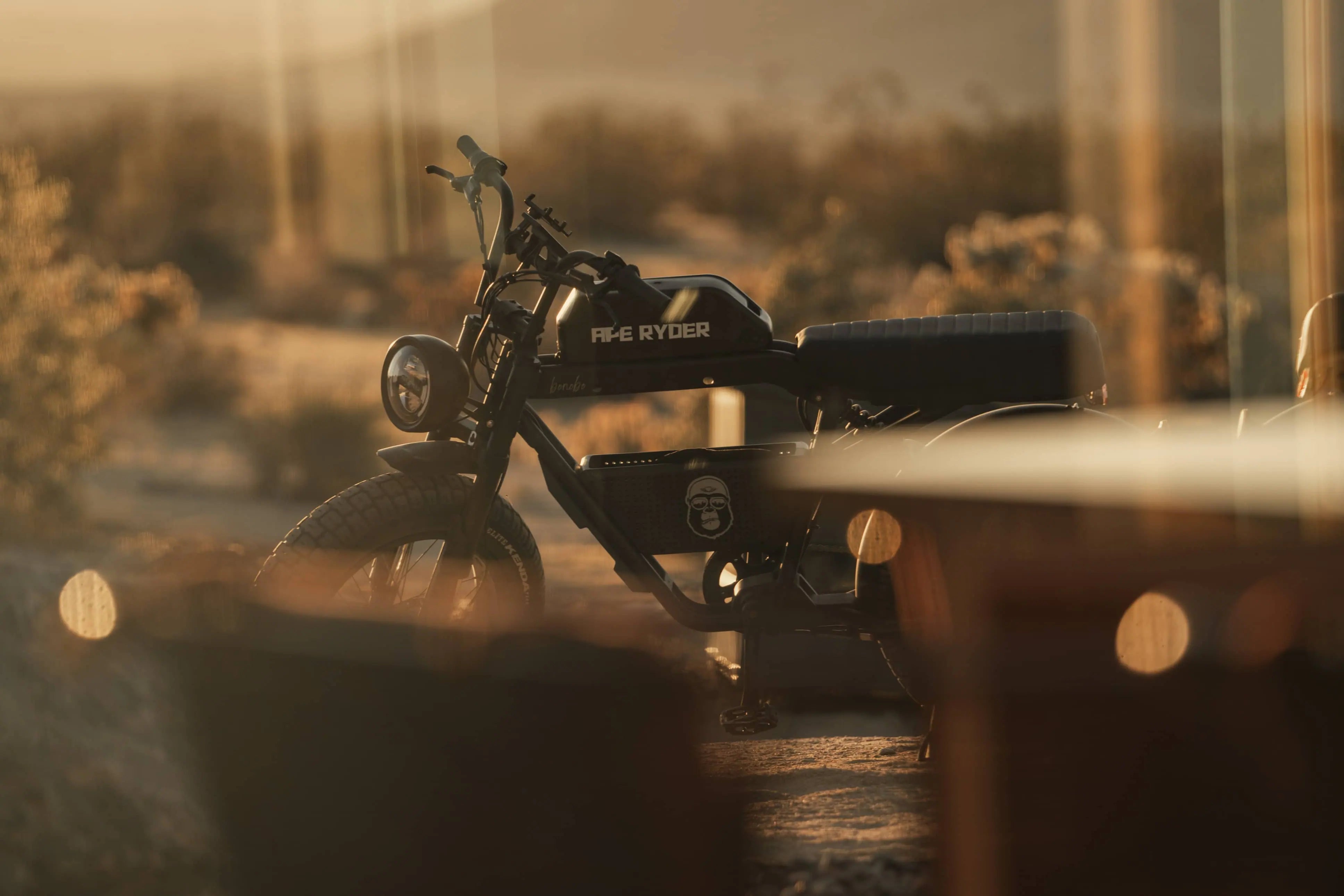E-bikes are reinventing ways to get somewhere or explore an area. The question remains: which one do you choose when it comes to speed pedelecs versus regular e-bikes? This guide is going to take you through a number of important differences and benefits, including how to determine which suits your needs best.
What are Speed Pedelecs and Regular E-Bikes?
Electric bikes, in general, are referred to as regular e-bikes. They come with assistance to the rider with their pedaling by an e-bike. These make rides smooth, enjoyable, and top out at 20 mph. They include the best for casual riders, urban commuters, or anyone looking to cut their carbon footprint but still maintain the convenience. What really appeals to me, though, is how so many normal e-bikes are designed around comfort: upright seating positions, saddles with real cushioning, and practical touches like racks and fenders. The range from step-through frames to mountain bike designs lets options range for a really wide riding preference and style.
However, the speed pedelecs are performance-driven e-bikes that go up to 28 miles per hour. These bikes target those needing to travel large distances, especially for people with long commutes or intended for play. Providing a muscular and thrilling ride with advanced batteries and powerful motor systems, they are quite ideal for those bikers after more action and efficiency. I am highly impressed by the added safety features this model has come up with, such as improved braking systems and high-visibility lighting. What this does is make me feel particularly reassuring in very busy urban environments or even when tackling longer journeys where safety is one of my priorities.
Key Differences Between Speed Pedelecs and Regular E-Bikes
Speed and Power
Those who'd want a sure and energy-efficient way of transportation would be good to go with regular e-bikes. They bring an ideal mix of motor assistance and battery life at their maximum speed of 20 mph. Power requirement is generally in the middle range, more or less in the bracket of 250-500 watts, which will ensure a smooth and contained ride while commuting daily through urban areas. These bikes would be ideal for city dwellers who would want to travel without going the extra mile of straining themselves but cruise through the traffic.
The speed pedelec offers those cyclists who like more thrill and speed. It goes up to 28 miles an hour with engines mostly rated at 500 watts or higher. Additional power helps in going through elevated hills and longer distances effortlessly. Whether utilized for commuting or for recreation, the added speed brings an element of excitement to the riding experience while the motor assist reduces the degree of physical strain required when pedaling. This breed of bicycle simply gives riders the independence to do longer rides without putting in as much time: ideal for the weekend rider, or anyone who has to make long hauls in minimal time.
Speaking personally, regular e-bikes are perfect for casual riders who just want to roll with efficiency and a longer life of the battery. The speed pedelec, on one hand, would make an appeal to more adventurous riders seeking speed and power. All in all, it depends upon the rider's preference and the way he/she wants to use his/her bike. Whereas for casual commuting within the city limits, a regular e-bike would carry you more practically and considerably more green, a speed pedelec is fun and an efficient way to travel for those who need a bit of speed and adventure.
Regulations
The biggest advantage for the riders in most regions is the classification of regular e-bikes as bicycles. Accessible by far more people, they become a no-headache way to get around. This classification encourages cycling as a practical alternative to driving, reducing traffic congestion and, consequently, carbon emissions-something both commuters and the environment can cheer about. On a personal note, I believe that this light classification at least provides room for more sustainable means of commuting without making every rider jump through all the hoops of vehicle regulations. Thus far, it makes the e-bike quite appealing to ride on an everyday basis.
On the other hand, speed pedelecs can achieve higher top speeds and are thus under stricter regulations, like licensing and insurance. That added responsibility creates prepared riders for the higher speeds these bikes can obtain, which makes roads safer for all. Though some may consider this a drawback, I believe it is still a fair trade-off for the power and speed these bikes can offer. It goes hand in hand that proper infrastructure and regulation in place for speed pedelecs afford greater safety while simultaneously lending an element of legitimacy for these bicycles as an increasingly viable mode of transportation, particularly for longer commutes. I think this is the right balance between freedom and regulation, in that it allows riders to feel the thrill of speed while still being held to some kind of safety standard.
Range and Battery Life
Generally, they offer a range of 20 to 50 miles per charge, depending on factors like the rider's weight, terrain, and level of pedal assistance used. This makes them suitable for most short to medium commutes or recreational outings, providing ample distance for daily errands or leisurely rides in the park. The variety of battery options available also allows users to choose models that align with their specific riding habits, ensuring that they can find a bike that meets their needs without sacrificing convenience.
Because they operate at higher speeds, these bikes often require more battery power, which can affect their range. Riders can typically expect a range of about 30 to 60 miles per charge, allowing for longer rides but necessitating more frequent charging. This increased demand for power means that riders should consider their charging options, especially on longer trips. Many speed pedelec models come with advanced battery management systems, allowing for efficient energy use and maximizing range, ensuring that users can enjoy extended adventures without the worry of running out of power.
Cost
The regular e-bikes have more affordable pricing, normally in the range of $1,000 to $3,000. As such, they should appeal to both casual riders and daily commuters. They are good value for money, featuring preinstalled racks and lights to make practical use on a day-to-day basis possible. There's a pretty decent range of different models to suit most budgets without really sacrificing too much quality. As a result, I believe that with this affordability, the door opens for more and more people to turn to ebiking as a friendly mode of transportation easily due to convenience, primarily for those people who need to travel some distance and seek a reliable means at an affordable cost.
Contrastingly, speed pedelecs' retailing price is higher, normally starting from $2,500 to $6,000 or even higher. This higher price also points to more advanced functions and powerful motors, which give a more robust performance-oriented riding experience. For the avid cyclist or for whom performance is key, investment in a speed pedelec is well worth the money spent because of the advanced technology involved, such as integrated navigation systems and higher levels of safety. In my opinion, although this does come at a seemingly steep cost, the long-term benefits in increased durability and far stronger ride make it an investment that would be well worth taking if one is seriously into cycling, particularly over longer or more difficult journeys.
Use Case
Regular ebikes are fine to go for urban commutes, casual rides in the park, and other forms of short-distance travel. It represents an easy and ecological means of getting around, smoothly through the hustle and bustle of traffic, which requires very small effort to enjoy being outdoors. In this respect, regular bikes have been a very good solution for urban people who also appreciate active lifestyles: offering convenience while managing to weave in some exercise into their routines. What I also love is how they encourage people to be social: go around the neighborhood, meet and greet people in their communities, and make e-biking not just a way to get from point A to B, but a way to stay connected with others.
While speed pedelecs remain ideal for long-distance commuting and give a mighty run to cars for those that need to travel further, increased range and speed make them perfect for the thrill of cycling at higher speeds while still having motor assistance. Besides that, these bikes are excellent to replace car trips for errands or social outings; this makes everyday tasks more efficient and fun. In my view, speed pedelecs are truly an enabler of a more adventurous, independent lifestyle, because they enable the rider to explore new routes and destinations confidently-changing the way we think about commuting and leisure.









Leave a comment
All comments are moderated before being published.
This site is protected by hCaptcha and the hCaptcha Privacy Policy and Terms of Service apply.